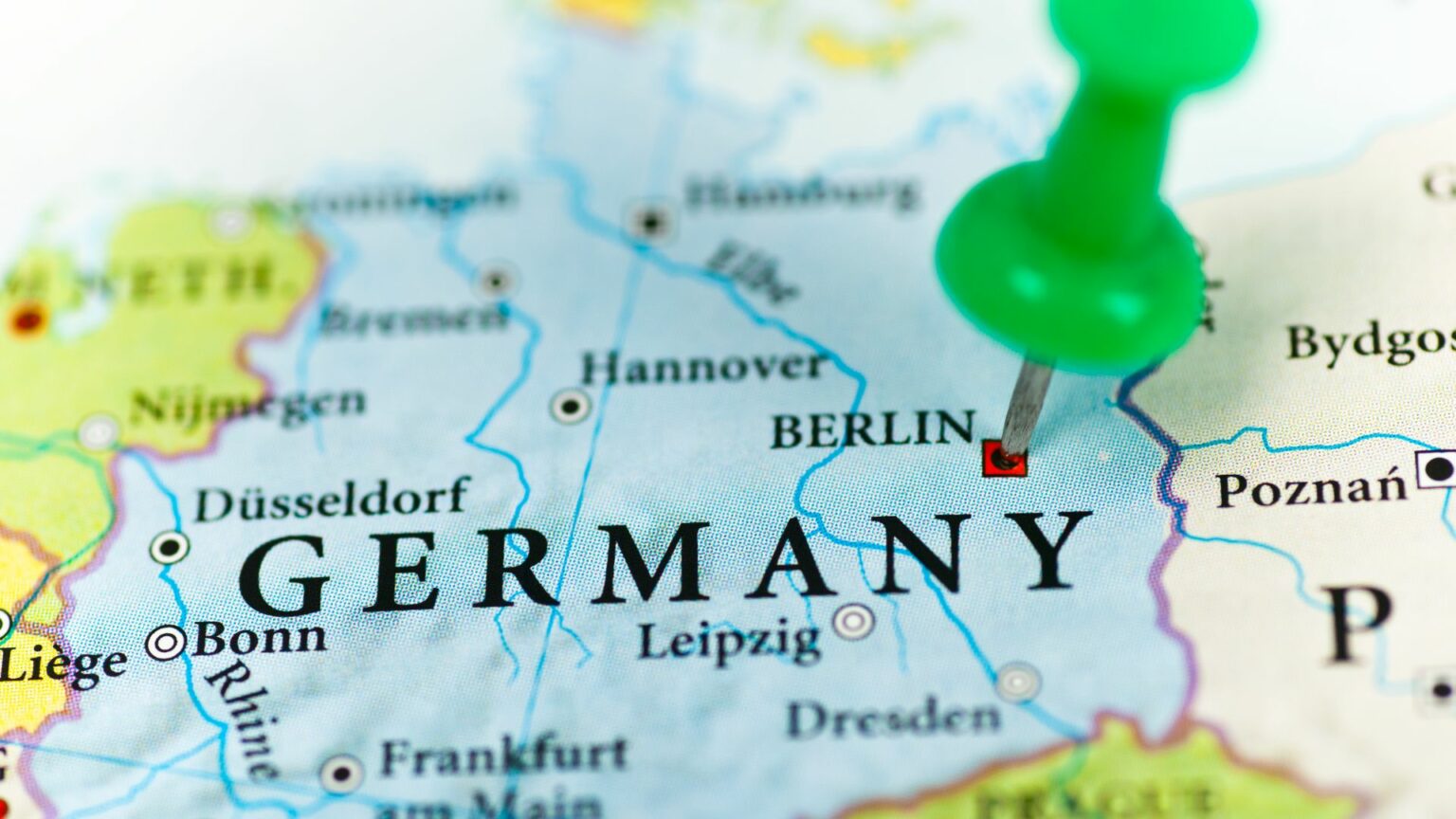According to an updated government strategy, Germany will need to import up to 70% of its hydrogen demand in the coming years as it pushes to become climate-neutral by 2045. The German cabinet has approved a new hydrogen strategy outlining guidelines for production, transport infrastructure, and market plans.
Focus on Green Hydrogen
Germany aims to expand its hydrogen use to reduce greenhouse emissions in highly polluting industries, such as steel and chemicals, which cannot be electrified. Green hydrogen, produced using solar and wind power, is central to Berlin’s strategy to transition away from fossil fuels.
Despite plans to double domestic electrolysis capacity to at least 10 gigawatts (GW) by 2030, Germany will still need to import around 50% to 70% of its hydrogen demand, estimated to be between 95 to 130 TWh by 2030.
Economic Viability
The strategy document stated, “A domestic supply that fully covers demand does not make economic sense or serve the transformation processes resulting from the energy transition as a whole.” It emphasizes the need to diversify hydrogen sources, although the details of an import strategy are still under development.
Simone Peter, head of Germany’s renewable energy association, noted that the federal government’s strategy primarily focuses on hydrogen imported by ship rather than maximizing domestic production potential.
Government Support
State aid is expected to support around 2.5 GW of electrolysis projects in Germany this year. Additionally, the government has allocated 700 million euros ($775 million) for hydrogen research, aiming to enhance production methods, said research minister Bettina Stark-Watzinger.
Experts argue that Germany’s dense population and limited renewable energy space necessitate this heavy reliance on imported hydrogen. “We simply need space for wind and photovoltaic to be able to produce the hydrogen,” explained Philipp Heilmaier, an energy transition researcher at a German energy agency.
Usage and Subsidies
The strategy allows hydrogen to be produced from fossil energy sources if the carbon is captured, although direct government subsidies will focus on green hydrogen. Funds are expected by 2027/2028 for a hydrogen network of over 1,800 km of pipelines, connecting major generation, import, and storage centers by 2030. Transport Minister Volker Wissing is also creating plans for a network of hydrogen filling stations and renewable fuel subsidies.
Sustainability and International Cooperation
Environmental groups criticize the strategy for lacking binding sustainability criteria and failing to restrict hydrogen use to sectors that cannot be electrified. They also call for a plan to phase out blue hydrogen produced from natural gas. Germany has signed multiple hydrogen cooperation agreements with Canada, Norway, the United Arab Emirates, and Australia.





